
OR
Opinion
Purification of Drinking Water: A Critical Concern for Nepal's Public Health
Published On: October 14, 2023 09:00 AM NPT By: Siddhartha Rayamajhi & Dhiroj Koirala
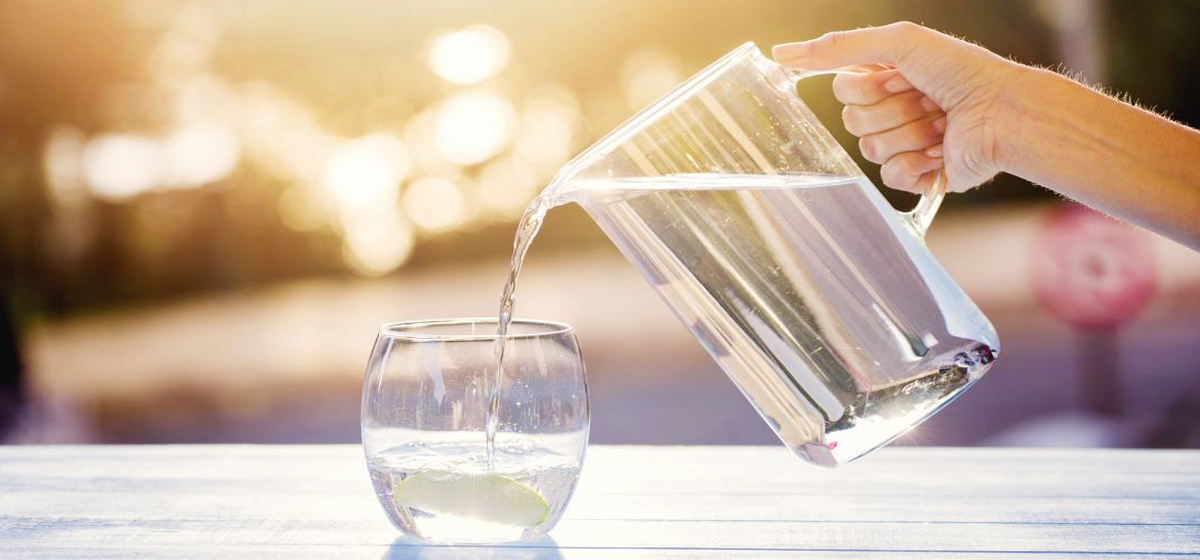
The purification of drinking water is paramount for safeguarding public health. The Nepal Demographic Health Survey (NDHS) of 2022 reveals that a mere 25% of the population employs effective water treatment methods like boiling, bleaching, filtering, and solar disinfection. When juxtaposed with the NDHS data from 2016, there's a modest increase of only 2% over six years. This disparity prompts the following inquiries: Why do some households prioritize water treatment while others neglect it? What's causing the delay in widespread adoption of water purification? Is there a potential oversight in policy formulation regarding this matter?
Development Picture
Historically, Nepal has marked commendable achievements in various developmental indicators. The nation has tackled intricate developmental challenges, from ensuring access to potable water, sanitation, and education to providing electricity and food security. In the 1950s, a scanty 2% of Nepal's population was literate, and only a fraction of children had the privilege of education. Fast forward to the present, the literacy rate for those aged five and above is 76.2%. Additionally, 89.9% of the populace now has access to electricity. Remarkably, 98% of households use an improved source of drinking water. The proportion of individuals with access to enhanced sanitation facilities has surged from 3% in 1996 to 92% in 2022. These metrics undeniably highlight Nepal's developmental strides. Yet, the lag in drinking water purification remains a pressing policy concern.
Current situation
Research underscores a robust association between improved water quality, sanitation, and enhanced health outcomes. Inadequate water access and sanitation facilities not only jeopardize lives but also impose economic and health strains on impoverished communities. Nepal has made significant strides in this domain. For instance, households with piped water access have doubled from 22% in 2011 to 44% in 2022. While urban and rural areas exhibit minor differences in improved water source usage (99% and 97%, respectively), it's pivotal to recognize that improved water access doesn't equate to its safety. Presently, only a quarter of the population employs effective water treatment methods. A mere 15% use ceramic for water purification and just 13.4% rely on boiling. It's noteworthy that Bagmati Province leads with 39% of its population treating water, whereas Madhesh Province lags at 7%.
Existing policies and programs
It's worth pointing out that the Government of Nepal has formulated progressive plans and policies regarding Water, Sanitation, and Hygiene (WASH). The Government of Nepal (GoN) has the National Urban Water Supply and Sanitation Sector Policy. This policy aims to enhance public health and align with national poverty reduction goals by establishment of secure sources of drinking water and improved sanitation services. GoN remains committed to ensuring the availability of pure drinking water and sanitation services for all its citizens as a fundamental human need and a basic human right. Similarly, Nepal has a National Water Plan that outlines short-medium- and long-term action plans for the water resources sector, including investments and human resource development. Likewise, it has a Water Resource strategy, which ensures that every Nepali citizen should have access to water sufficient to meet basic needs, such as drinking, cooking and sanitation.
GoN has also adopted the Global Sustainable Development Goal 6 to ensure the availability and sustainability management of water and sanitation for all. By 2030, the government aims to increase the number of people using safe drinking water to at least 90%. Similarly, UNICEF's new country program(2018-2022) in Nepal initiated efforts in WASH programs to secure enhanced and equitable access to safe and sustainable drinking water, sanitation services, and improved hygiene practices for children and their families. This program is guided by WASH Sector Development Plan (2016 - 2030). This program supports improving water quality through strengthening the water regulatory body, implementing water safety plans, and raising community awareness on household-level water treatment.
The Challenge of Water Treatment Progress
Despite progressive policies, Nepal lacks follow-through on implementation. Water treatment practices vary according to the wealth of people. NDHS 2022, found that the percentage using an appropriate treatment method in the lowest wealth quintile is only 12.4%, whereas the highest wealth quintile consists of 51.3%. Similarly, a study shows water treatment adds an extra financial burden for the poor household. This discrepancy among the wealth quintile hinders water treatment practices.
In order to guarantee the availability of clean and safe drinking water, it is equally important to enhance water supply systems. In Nepal, approximately 25 % of the water supply system is functioning well . Whereas, 36% need minor repairs and 39% need major reconstruction.
Despite the existence of policies advocating for clean water and improved sanitation, there's a palpable gap in fostering a behavioral shift towards household water treatment. It is important to change behavior at this point in time when using household water treatment technologies. Water treatment practices are associated with a number of other specific beliefs and values, age, family relations, societal norms as well as ecological factors.
Policy Instrument
Ensuring potable water at the household level isn't merely about investing in extensive water infrastructure, which often misses the most vulnerable. Immediate, cost-effective solutions like household water treatment technologies can bridge this gap. The Government should provide subsidies in water treatment technologies to promote healthy lifestyle.
Similarly, economic development allows for the construction of new water supply systems, high technology, water treatment machines and equipment, all of which is necessary for providing high-quality care to the population. But creating a supply side policy is not enough; there also must be demand for health services, which does not necessarily follow from economic development. For instance, even if water treatment machines and equipment are provided, people might not consume safe water either because they do not believe that technologically advanced machines are safe or because of the difficulty of high cost to borrow the water treatment machines. Therefore, this suggests that the people do not just need better infrastructure but also some nudge and awareness to overcome the cost in time and money to consume safe water.
Similarly, the private sector can push water treatment practices via corporate social responsibility programs. A better example can be taken from Bill Gates, who is working on designing revolutionary toilets with the intention to make them accessible to all.
In crux, understanding human behavior and conducting rigorous scientific studies are essential for effective policy interventions to accelerate water treatment adoption.
Conclusion
In summation, while Nepal has made laudable progress in addressing multifaceted societal challenges, there's an unmet need in the realm of household water treatment. By harnessing cost-effective solutions and fostering behavioral change through robust evidence-based policies and programs, Nepal can inch closer to its goal of universal safe drinking water access. Therefore, to ensure that no one is left behind, governments, NGOs, researchers, and donors must come together to generate more of it.
You May Like This
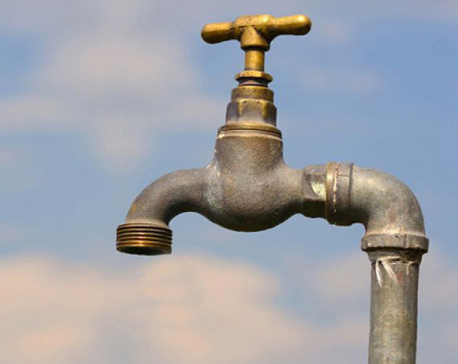
Severe water crisis in Chure area calls for urgent action
There have been alarming reports of parched settlements on the southern slopes of the Chure hills across Madhesh. Once known... Read More...
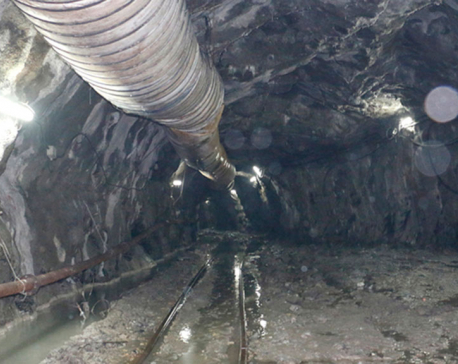
Taskforce formed to facilitate Melamchi project works
MELAMCHI, June 25: Local contractors have agreed to allow the contract winning company to work in Melamchi drinking water project... Read More...

Coliform behind diarrhea epidemic in Nainhi village
MAHOTTARI, Sept 30: The reason behind the epidemic of diarrhea that spread in Nainhi village of ward no. 12 of... Read More...
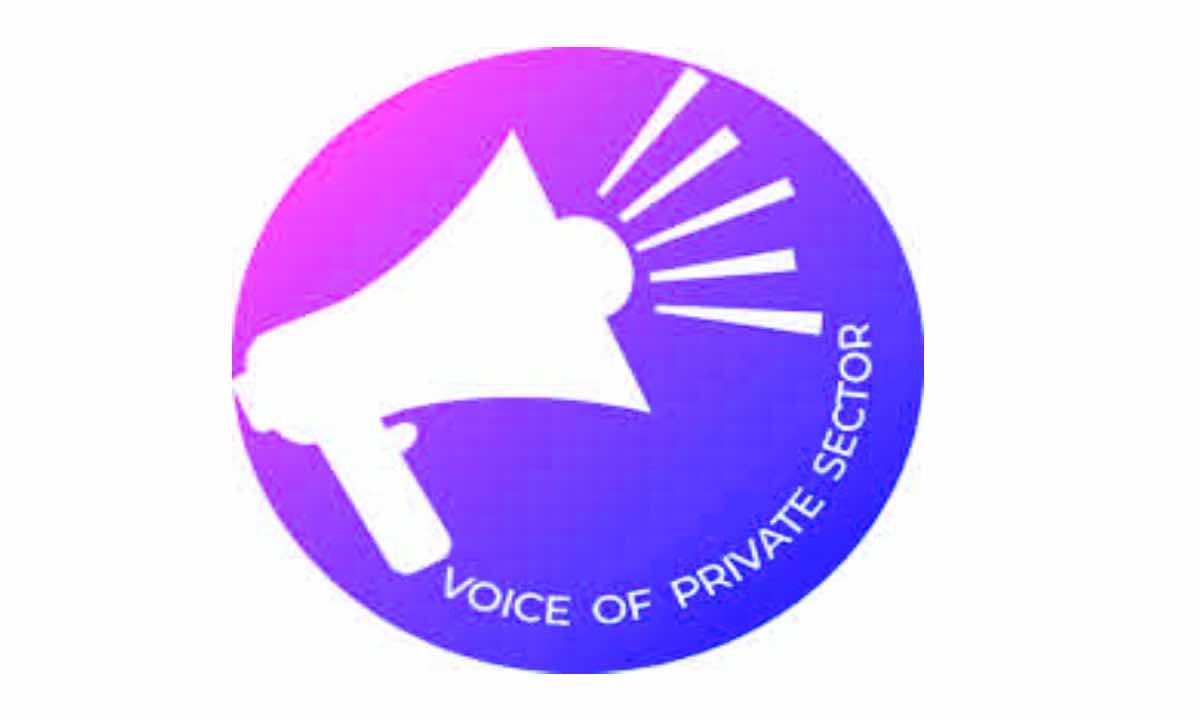


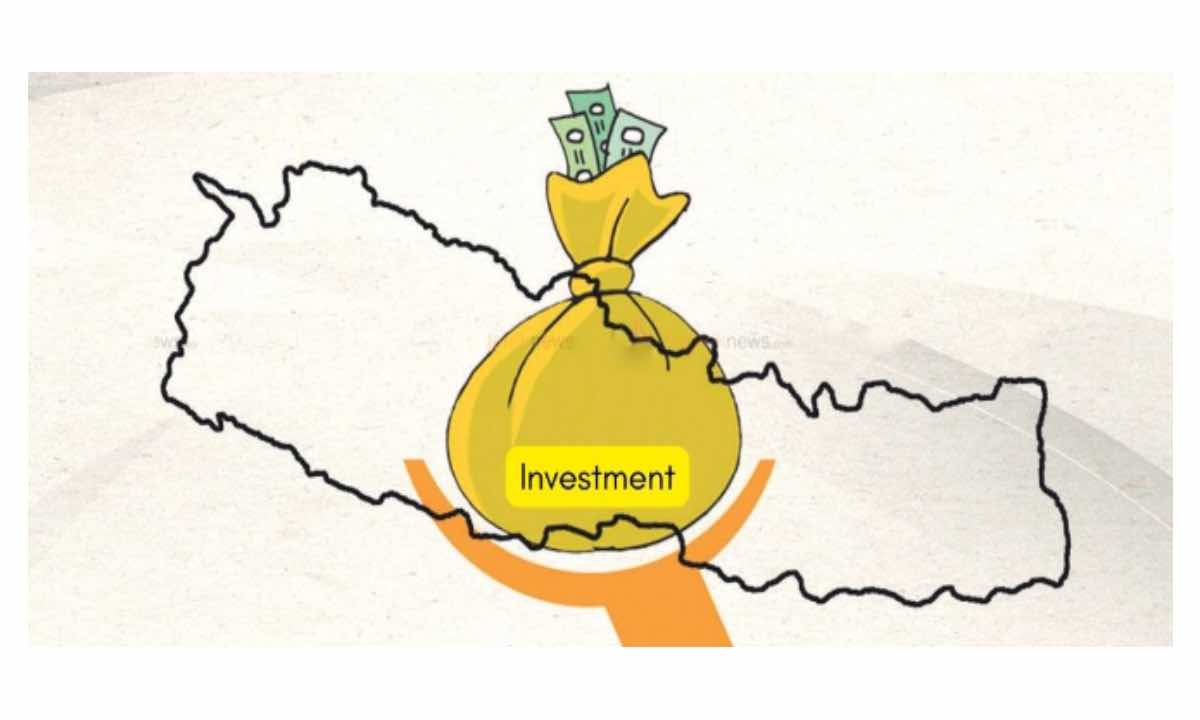

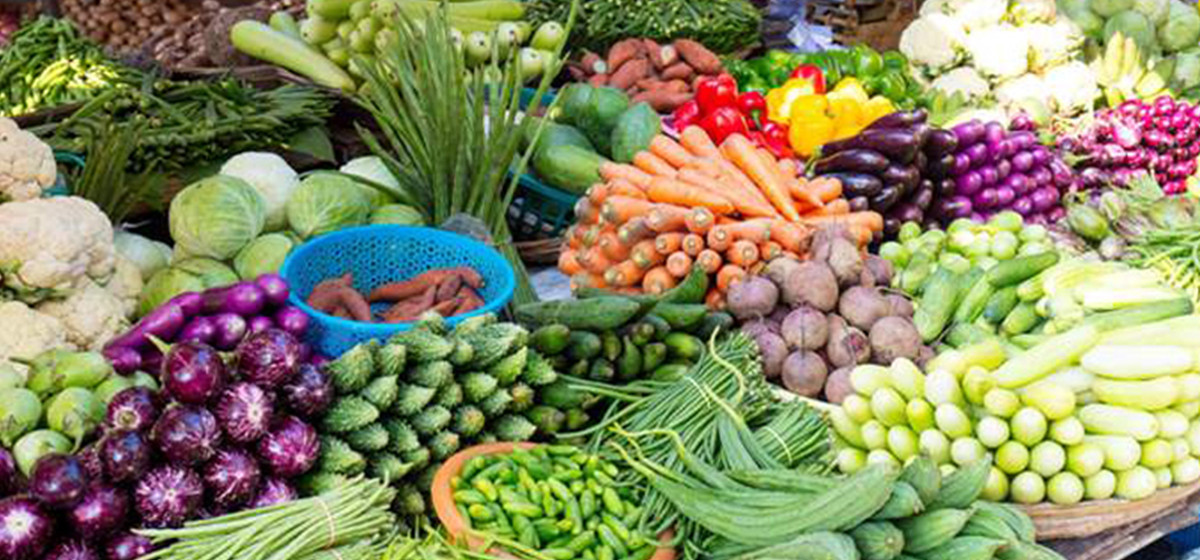
Just In
- Nepal Investment Summit 2024: Private Sector's Voice
- Counting of votes for Ilam-2 and Bajhang-1(a) to start today
- Nepal Investment Summit-2024 kicks off today
- Govt proceeds with sovereign credit rating process stalled for three years
- Investing in Nepal for a Noble Cause
- Sunkoshi-Marin Diversion Project’s tunnel construction nears completion, breakthrough scheduled for May 8
- Govt tightens security arrangement for Third Investment Summit 2024
- Pesticide residue found in vegetables in Nepalgunj








-1200x560-wm_20240427144118.jpg)


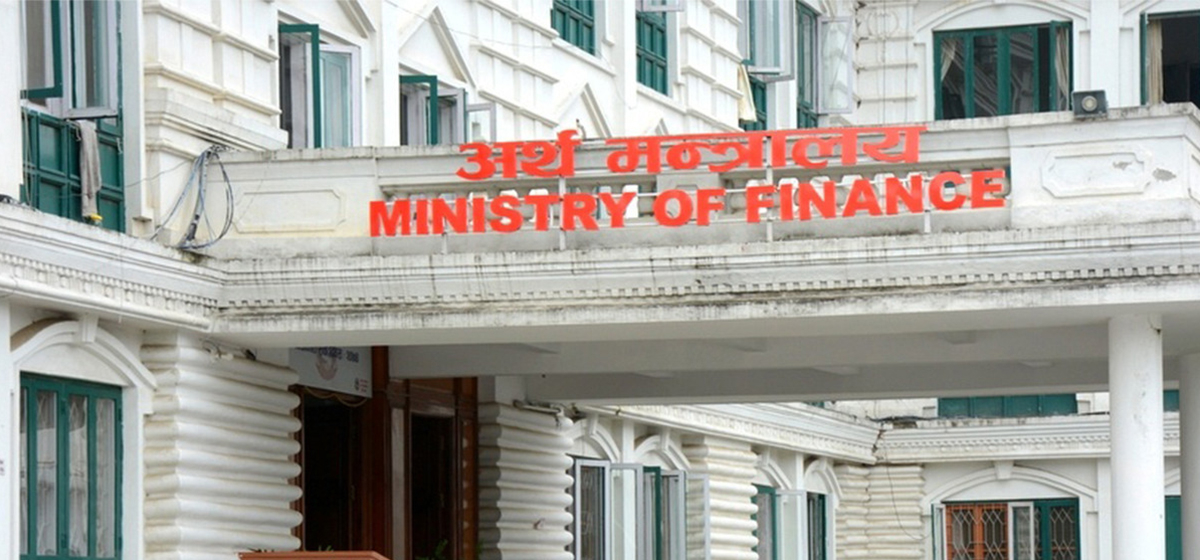

Leave A Comment